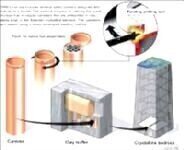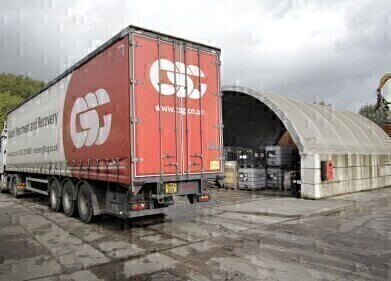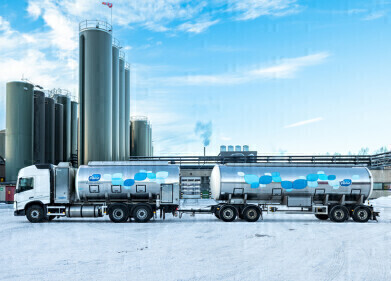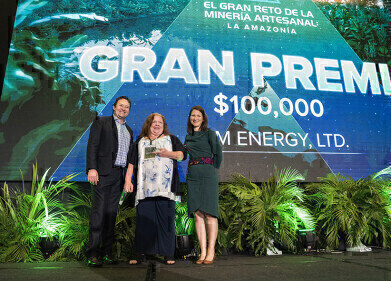Hazardous Waste
30 Years` Research Behind Swedish Final Depository
Aug 04 2008
canisters at a depth of about 400-700 metres underground.
Two municipalities, Östhammar (Forsmark) and Oskarshamn, are prepared to accept the repository. The preliminary view is that the bedrock in these municipalities meets all the requirements for safe final disposal.
The work, which is described regularly in a research and development programme called RD&D (Research, Development and Demonstration), has been followed with great interest, not least from abroad. Many countries that produce nuclear power are looking for a safe method for final disposal of their waste.
“After about 30 years of research and development, we feel that we have a method that is ready to be appraised in the light of society`s laws and requirements and that will provide secure long-term disposal of spent nuclear fuel. All the material is now being intensively evaluated. During the coming year, we expect to be able to choose one of the two potential sites and to submit an application to build the final repository at that site,†says Claes Thegerström, CEO of SKB.
Even if development of the final disposal method for Sweden`s spent nuclear fuel, currently amounting to about 5000 tonnes, is in principle complete, it will be at least ten years before an repository can be operational. SKB plans to select the site and submit all the paperwork for the application during 2009. The licensing process is extensive;
among other things it includes parallel review by the Environmental Court and the Swedish Government. The municipality concerned must also agree to the establishment of the repository. Both SKB and the municipalities involved in the process are hoping for a Government decision sometime between 2012 and 2013. After that, the facility will take at least five years to build.
SKB has been working closely with the municipalities, which currently look favourably on the repository provided that the safety requirements are met. But the road to a good siting process has been both long and tortuous, and even if there is still a lot to be done before a final repository can be taken into service, the work is coming down the final stretch and the finishing line is in sight.
Note: Detailed information about technology and procedures can be found in final report RD&D 07, which can be ordered from SKB, or downloaded as a pdf document from www.skb.se
Events
May 05 2024 Seville, Spain
May 13 2024 Munich, Germany
May 23 2024 Beijing, China
May 23 2024 Beijing, China
Jun 10 2024 Algiers, Algeria














